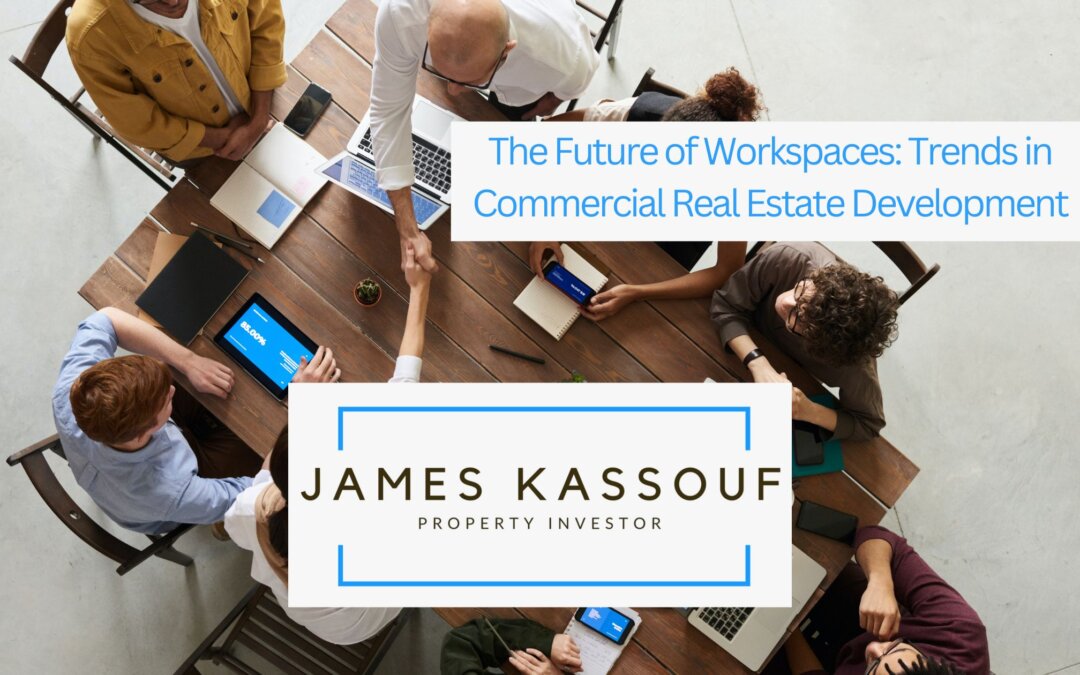In the ever-evolving landscape of modern work, the role of commercial real estate is undergoing a significant transformation. Developers must rise to meet new demands as businesses and their employees recalibrate expectations and needs. While yesterday’s office spaces were characterized by cubicles, today’s and tomorrow’s workspaces lean into flexibility, sustainability, and technological integration. Understanding the driving forces behind these shifts is essential to anticipating the future of commercial real estate.
The way we operate has drastically changed during the last 20 years. With the rise of the digital age, a shift towards remote work, and changing employee expectations for work-life balance, the traditional 9-to-5 office scenario became challenged even before the COVID-19 pandemic. The pandemic merely accelerated what was already in motion, causing companies to reconsider the very concept of the workplace.
Flexible and Hybrid Workspaces
The pandemic catalyzed pushing businesses to adopt remote work models. As the world steadily moves past this crisis, the buzzword in commercial real estate is ‘flexibility.’ Developers are creating spaces that can adapt to different needs and functions, catering to businesses that operate on hybrid models—where employees split their time between working from home and the office.
These modular hybrid spaces allow companies to expand or shrink their physical footprint as necessary. The idea is to create an environment supporting focused solo work, collaborative meetings, and everything. These spaces also offer lease flexibility, allowing companies to adapt without being weighed down by long-term lease agreements. The result? Dynamic workspaces that can evolve alongside the businesses they house.
Emphasis on Sustainability and Wellness
Today’s workers are increasingly conscious of environmental and wellness issues. They desire workspaces that not only claim sustainability but demonstrably prioritize it. Commercial developers are responding by incorporating green building materials, energy-efficient systems, and designs that maximize natural light. Leadership in Energy and Environmental Design (LEED) or a comparable certification is increasingly typical.
The nexus between employee wellness and productivity is stronger than ever. Air quality, ergonomics, and mental well-being have come to the forefront. Many new commercial spaces integrate features like biophilic designs, which bring natural elements indoors, meditation zones, and even on-site fitness facilities. The vision is to create work environments where employees thrive, leading to higher retention and better overall company performance.
Tech Integration and Smart Buildings
The future of commercial real estate is undeniably intertwined with technological advancement. As businesses become more tech-reliant, so too do their workspaces. Future workspaces will be more than just physical locations; they’ll be digitally integrated environments that enhance productivity and connectivity. Smart buildings with IoT devices will monitor and adjust lighting, temperature, and even desk availability in real time. These systems will provide insights into how spaces are used, enabling businesses to make data-driven decisions about their workspace needs. Additionally, properties prioritizing secure technological infrastructures will be in high demand as cybersecurity concerns grow.
The commercial real estate sector stands at a crossroads with tremendous opportunities. By tapping into the evolving demands of businesses and their employees—whether through flexibility, sustainability, or tech integration—developers can usher in a new era of workspaces designed for the future. While driven by current circumstances, these trends suggest a long-term evolution of how we perceive and engage with our working environments.

